Books
Opium: How an Ancient Flower
Shaped and Poisoned our World
Buy at Your Local Bookstore or Click Here.
People have been using opium as a painkiller, abusing it as a drug, and transforming it into a weapon of war and commerce for thousands of years. Helen of Troy concocted an opium potion to help Greek warriors deal with PTSD. Profits from the opium trade helped fund The Boston Museum of Fine Arts and Massachusetts General Hospital. Sir William Osler, a founder of Johns Hopkins Hospital, called it, “God’s Own Medicine.” The CIA used heroin profits to provide weapons to tribes in Laos during the Vietnam War.
By unpacking the complex story of how this powerful drug has woven its way through human history and cultures, they give readers profound insight into what drives contemporary use.
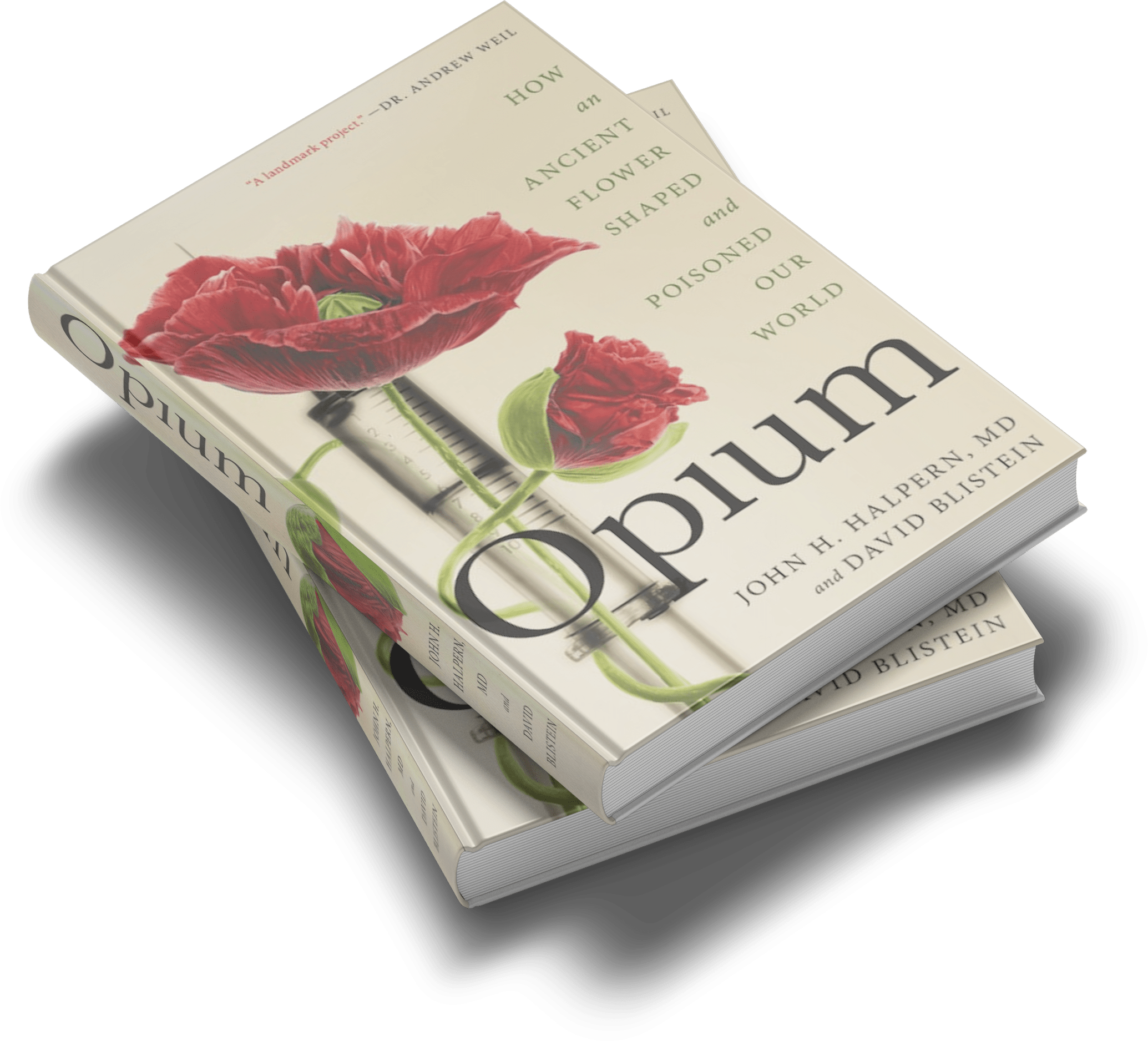
An engrossing and highly readable account of our tangled relationship with a flower.
History tells us that we will never eliminate opioids—nor should we until we find better ways to manage extreme pain. We will never end addiction—but we can start treating it like the disease it is. We will never save every life. But let’s show we have the wisdom, guts, humility, and compassion to save thousands of others. We hope Opium helps give readers a better understanding of what needs to be done, how, and why.
Buy at Your Local Bookstore or Click Here.
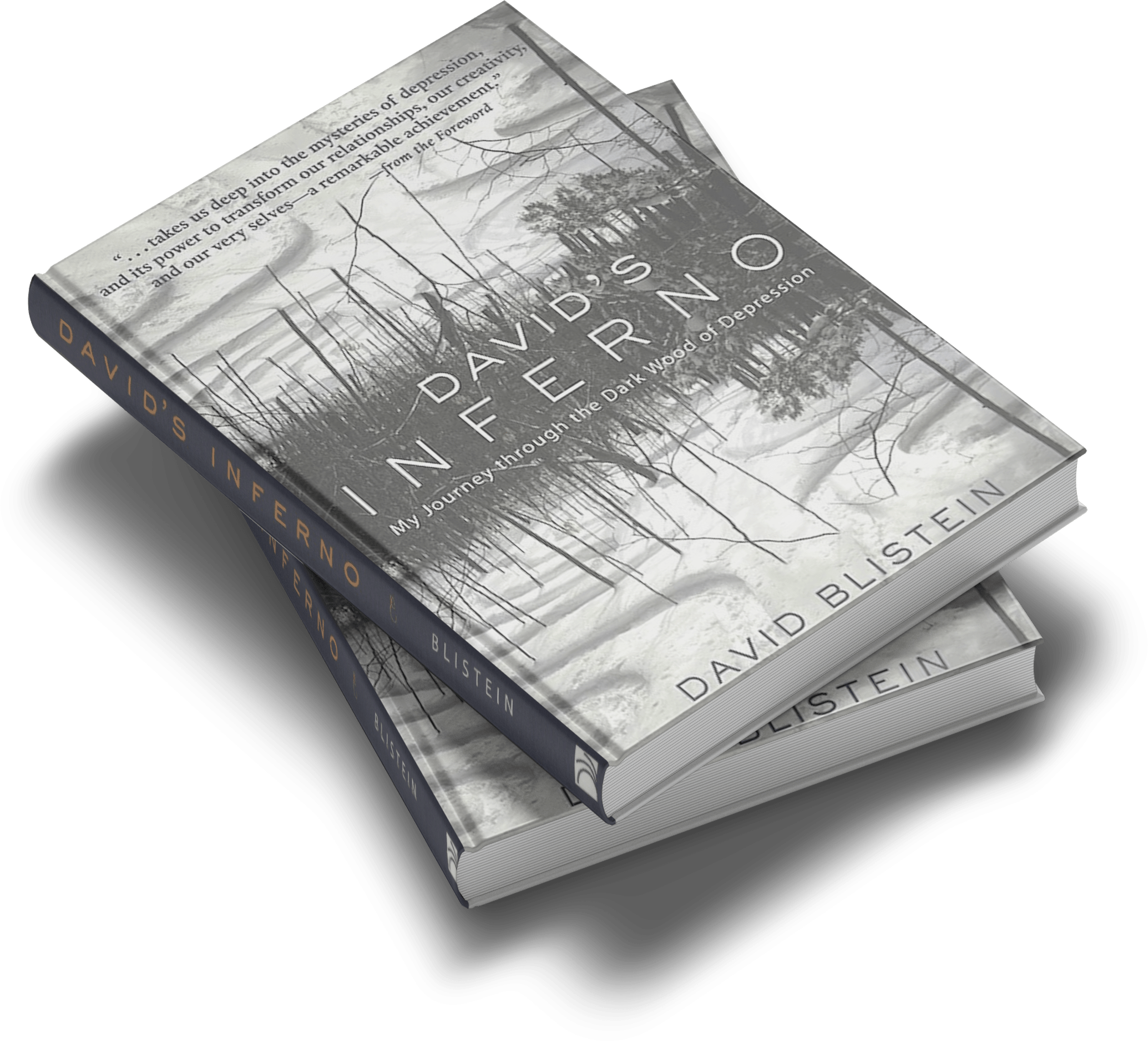
David’s Inferno: My Journey Through the Dark Wood of Depression
Between 2005 and 2007 I experienced what used to be called a “nervous breakdown.” As anyone who’s tasted a walk on the mental health wild side knows, “nervous” doesn’t do the experience justice. In my case, it was a relentless agitation that careened from low-level anxiety to gut-wrenching, dry-heaving desperation. After the worst attacks, I felt like I’d just been spit up, Jonah-like on the shore, wondering if next time the whale would be a shark. Technically speaking, the diagnosis was Agitated Depression or Bipolar II.
I wrote through it all, in fits and starts. I chronicled the experience itself, researched the art and science of mental health diagnosis and treatment, and pondered the impact of mental disorders on relationships, creativity, and spirituality. I also studied the literature, particularly the Divine Comedy.
Tens of thousands of people have had experiences like mine. Many are reluctant to talk about them openly for fear it will affect their relationships, their careers, and/or their education. Since I was self-employed, had a stable 30+ year marriage, and no plans to go back to school, I had the “luxury” of being able to write about it without fear of consequences. I hope it made some contribution to ongoing efforts to de-stigmatize these experiences—to treat brain disorders with the same compassion (and insurance coverage) as we do physical disorders. Published by Hatherleigh Press.
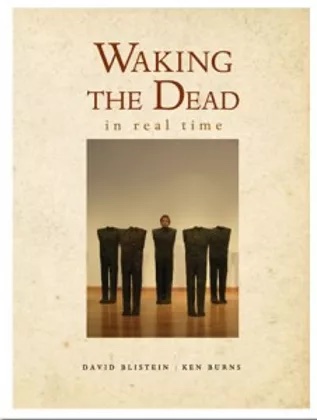
Waking the Dead: More than twenty years ago I started a project in which I’d spend a few weeks studying some historical character and then sit down at my laptop and say, “OK, what do you have to say for yourself?” Sometimes it took a little cajoling. Sometimes they came roaring in like they’d been waiting for centuries to tell their side of the story. I’m not channeling these people. I’m certainly not in a trance (any more than usual). It was more like I was interviewing them. As, one of my characters says, “(history) is just the vernacular of the shell I was born into.” In other words, what the characters have to say transcends their culture, time, and place.
Overall, I’ve written more than 50 stories based on present–day encounters with these characters in This limited-edition book—published in 2012—has presents four: The biblical queen Jezebel, the Japanese shogun Minamoto no Yoritomo, the composer Chopin, and abolitionist Harriet Tubman. All of whom say some pretty surprising things. It also includes an original essay by my friend Ken Burns on his roots as a historical documentary filmmaker and how and why he, in his own way, tries to “wake the dead”.
The new Waking the Dead podcast gives more of them a chance to have their voices heard.
Limited edition 48 pages. $30. To order, see Contact Us.
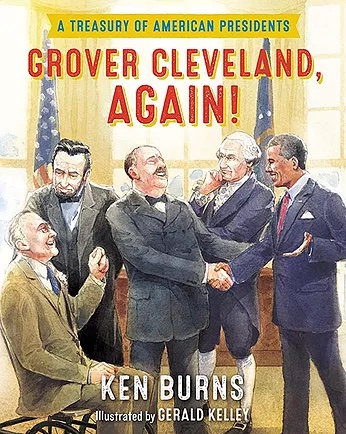
Grover Cleveland, Again! Ken Burns and I wrote this book in 2015 in preparation for the 2016 election. Ken had the reputation. I had the time. And we both knew that something historic was about to happen—presumably the election of a female president. We even developed two-page spreads for Hillary Clinton and Donald Trump so we’d be ready to reprint as soon as the election was over.
But, I have to admit, the outcome of that election was not what we expected and, well, it’s not over ’til it’s over, and maybe someday we will be compelled by our commitment to history to write about that. (As a writing challenge, it could be kind of fun.)
Grover Cleveland, Again! is available at your local bookstore, by mail order, or directly from Random House/Penguin.
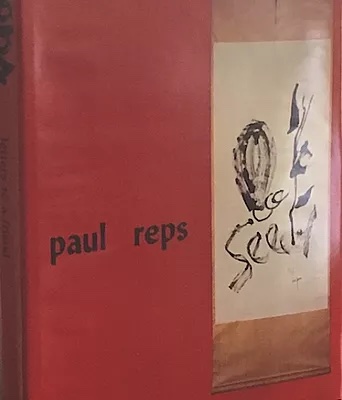
Forty Years Ago…
A few of us in a spiritual group were given a treasure-trove of letters and art by a man named Paul Reps who, arguably, did more than anyone to bring Japanese Zen Buddhism to this country in the 1930s and 1940s (maintaining his connections with recently-arrived monks even when they were held in internment camps during WWII.) The letters had been sent to his friend William Segal, a septuagenarian like Reps, who was also major influence on bringing Eastern teachings to the West.
So, we took on the project of turning it into a book. Some sold. Some disappeared in a barn fire in Montana. And a few boxes recently appeared in a friend’s attic. So we’re selling them for $50 each. It’s truly an icon from the early days of Eastern religion in America and includes drawings printed on rice paper by one of the great “wise fools” in history. To order, Contact Us.
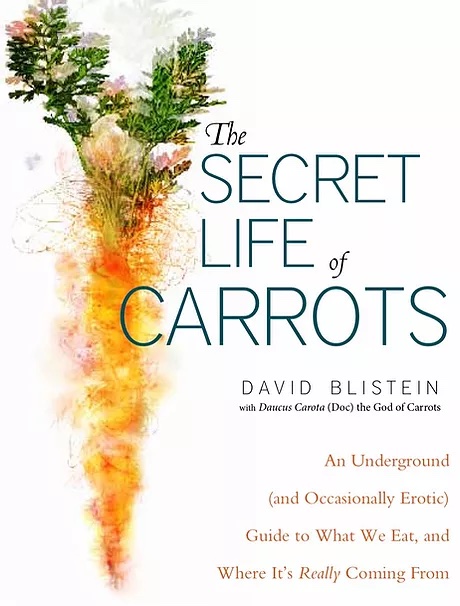
In Process:
The Secret Life of Carrots: A friend once told me that every time she opens the vegetable drawer in her refrigerator, the carrots start calling out “Me! Me! Take Me!!” because they are so excited that they are about to fulfill their life’s mission, which is to be eaten—by a horse if possible, but a human will do in a pinch.
I didn’t take her very seriously until one day I heard a voice say, in no uncertain terms, “I am the God of Carrots and I’m here to tell you about my people.” They weren’t kidding. This is the ultimate foodie book—a first-person account of everything from what it’s like for a carrot seed at the moment of germination to what it’s like to be the nose of a snowman. Doc (Daucus Carota) also has a lot to say about the strange cooking and eating habits of humans as well as their total cluelessness about spirituality. The book is funny. It’s serious. It’s irreverently flippant and deceptively wise.
It’s in a drawer in the closet. Eventually, it may see the light of day.
In progress
The Power Beyond Now
Every writer has a novel they are working on and this is mine. It’s the culmination of fifty years of what’s typically called spiritual work (or “play”), i.e., exploring the endless mysteries of what we are all doing here and how to do it as creatively and enjoyable as possible. It begins:
At 10:33 pm, June 15th, 2006, Sid had three mind-blowing experiences: An orgasm. A stroke. And the realization he was the Buddha. He had the orgasm inside his wife. He had the stroke inside a cerebral artery. He had the realization he was the Buddha inside his whole being.
The orgasm was a pleasant surprise. The stroke was an unpleasant surprise, although it wasn’t the first. Realizing he was the Buddha just was.
The feeling was mutual.
Over the next several months, whether receiving chemotherapy, drinking to excess, flirting with women, coaching a volleyball team in the fine art of cheating, or starting a business called Not Dead Yet, Sid finds increasingly disconcerting ways to challenge our assumptions about religion and spirituality, because these days, as far as the Buddha is concerned, the “now” may be a nice place to visit but you wouldn’t want to live there.

